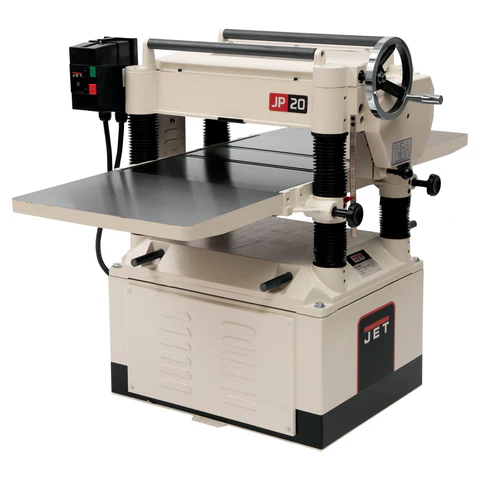Obtaining your Commercial Driver’s License (CDL) in New York State is a significant step toward a rewarding career in the trucking industry or any field that requires operating large vehicles.
The CDL road test is the final hurdle in the process, and passing it requires careful preparation and understanding of the requirements. This guide will walk you through everything you need to know to pass the CDL road test in New York.
Understanding the CDL Road Test Structure
The CDL road test in New York consists of three parts:
Vehicle Inspection (Pre-Trip Inspection)
Basic Vehicle Control (Backing and Parking)
On-Road Driving Test
Each section evaluates different skills and knowledge required to safely operate a commercial vehicle. Let’s break down each of these components.
Vehicle Inspection (Pre-Trip Inspection)
This section tests your ability to inspect your vehicle and determine if it’s safe to drive. You’ll be required to perform a thorough walk-around of the vehicle, identifying and explaining the purpose of key parts (e.g., tires, brakes, lights).
The goal is to demonstrate your understanding of the vehicle’s components and your ability to spot potential safety issues.
Tips for Passing the Vehicle Inspection:
Memorize the inspection checklist provided by the DMV.
Practice verbalizing each part of the inspection, explaining what you’re looking for and why it matters.
Focus on important safety components such as brakes, lights, mirrors, and tires.
Be methodical and take your time during the inspection to avoid missing any critical parts.
Basic Vehicle Control (Backing and Parking)
In this part, you’ll demonstrate your ability to control the vehicle in a confined area. The maneuvers you may be required to perform include:
Straight-line backing
Offset backing (either left or right)
Parallel parking (either driver-side or conventional)
Alley docking
These exercises are designed to assess how well you can handle the vehicle in tight spaces.
Tips for Passing the Basic Vehicle Control Test:
Practice the required maneuvers in a commercial vehicle before the test.
Get comfortable with the size and turning radius of the vehicle.
Use your mirrors effectively to gauge distance and alignment.
Take your time, but avoid excessive hesitation, as it can impact your score.
On-Road Driving Test
The on-road driving portion evaluates your ability to safely operate a commercial vehicle in various traffic situations. The test administrator will assess your performance in areas like:
Lane usage and control
Proper signaling and turns
Interacting with traffic, pedestrians, and other road users
Speed management and obeying traffic signs/signals
Defensive driving techniques
Tips for Passing the On-Road Driving Test:
Familiarize yourself with the local driving environment, including any challenging areas such as hills, intersections, or highways.
Maintain full control of the vehicle, making smooth starts, stops, and turns.
Always check your mirrors and blind spots, especially before lane changes or turns.
Follow all traffic laws, including speed limits, and be mindful of traffic signals.
Stay calm and focused; nerves can lead to simple mistakes.
Preparation Tips for the CDL Road Test
Get Your CDL Permit First
Before you can take the road test, you must first obtain a CDL learner’s permit by passing the written knowledge test. The permit allows you to practice driving under the supervision of a licensed CDL holder.
Practice, Practice, Practice
Regular practice is crucial for passing the CDL road test. Spend as much time as possible behind the wheel of a commercial vehicle to become comfortable with its size, controls, and handling.
Take a CDL Training Course
Many applicants find that enrolling in a CDL training program is the best way to prepare. These courses are designed to teach you everything from pre-trip inspections to advanced driving techniques.
Additionally, most programs provide hands-on practice in the types of vehicles you’ll be driving during the test.
Use Online Study Materials
There are plenty of online resources, practice tests, and video tutorials available to help you understand the specifics of the CDL road test. The New York DMV website is an excellent starting point, as it offers manuals and practice questions.
Know the Testing Location
If possible, visit the testing location before your scheduled test date. Familiarize yourself with the area, especially the driving routes, to reduce any test-day anxiety.
Test Day: What to Expect
On the day of your CDL road test, make sure to arrive early and bring all necessary documents, including:
Your CDL learner’s permit
Proof of identity (driver’s license, passport)
Any medical certification forms required by the DMV
The vehicle you’ll be using for the test (ensure it meets the necessary requirements for the class of CDL you’re applying for)
During the test, listen carefully to the examiner’s instructions. Stay calm and focused, and remember that it’s okay to ask the examiner to repeat instructions if something is unclear.
Common Mistakes to Avoid
Failing to Check Blind Spots: Always check your mirrors and blind spots before changing lanes or making a turn.
Improper Lane Usage: Stay within your lane, avoid drifting, and make sure you don’t clip curbs during turns.
Rushing Through the Test: Take your time during each section, especially the pre-trip inspection.
Not Following Instructions: Carefully follow the examiner’s directions and communicate clearly if you have any questions.
After the Test: Next Steps
Once you’ve completed the road test, the examiner will provide feedback and let you know if you passed or failed. If you pass, congratulations! You’ll receive your CDL and can begin your career as a commercial driver.
If you don’t pass, don’t worry. You can retake the test after additional practice.
Final Thought
Passing the CDL road test in New York State requires dedication, practice, and a solid understanding of the vehicle and road safety rules.
By following this guide, studying the DMV materials, and honing your driving skills, you’ll be well-prepared to ace the test and start your career as a professional driver.










